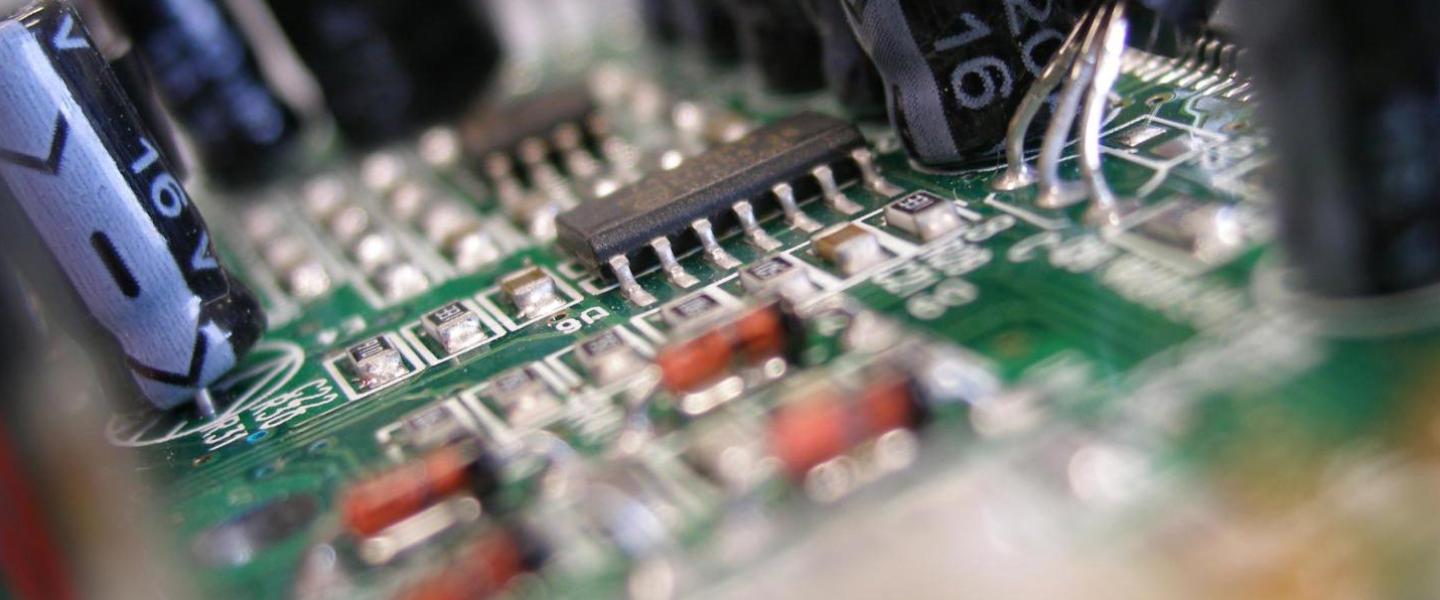
In today's interconnected world, electronics have become an integral part of our daily lives. From smartphones to laptops, televisions to smart home devices, we rely on electronics for communication, entertainment, and convenience. But have you ever wondered where this technological revolution originated? In this blog post, we will delve into the fascinating history of electronics, tracing its origins and exploring its evolution through time.
- Ancient Beginnings:
The roots of electronics can be traced back to ancient civilizations, where the foundations of scientific knowledge were laid. The discovery of electricity by the ancient Greeks and the invention of the battery by Alessandro Volta in the late 18th century were crucial milestones in understanding the principles that underpin modern electronics. - The Birth of Electronics:
The true birth of electronics can be attributed to the invention of the vacuum tube in the early 20th century. Developed by Thomas Edison and later improved by Lee De Forest, the vacuum tube revolutionized the field of electronics by enabling the amplification and control of electrical signals. This breakthrough laid the groundwork for the development of radios, televisions, and early computers. - The Transistor Revolution:
The advent of the transistor in the mid-20th century marked a significant turning point in the history of electronics. Invented by John Bardeen, Walter Brattain, and William Shockley, the transistor replaced bulky vacuum tubes with smaller, more efficient solid-state devices. This breakthrough led to the miniaturization of electronic components, making devices smaller, faster, and more reliable. - Integrated Circuits and Microelectronics:
The 1960s witnessed another major leap forward with the invention of integrated circuits (ICs). Jack Kilby and Robert Noyce independently developed the concept of integrating multiple transistors onto a single silicon chip, paving the way for the birth of microelectronics. This breakthrough enabled the production of complex electronic systems, such as microprocessors, memory chips, and digital logic circuits. - The Digital Age:
The 1970s and 1980s saw the rise of the digital age, characterized by the widespread adoption of digital electronics. The invention of the microprocessor by Intel in 1971 revolutionized the computing industry, leading to the development of personal computers and the internet. Digital electronics, based on binary code, allowed for faster data processing, storage, and transmission, transforming various industries and shaping the modern world. - Current Trends and Future Prospects:
Today, electronics continue to evolve at an unprecedented pace. The emergence of nanotechnology has opened up new possibilities for even smaller and more powerful devices. The Internet of Things (IoT) has connected everyday objects, creating a network of smart devices that enhance our lives. Artificial intelligence and machine learning are driving advancements in robotics and automation. As we look to the future, the boundaries of electronics are constantly being pushed, promising exciting innovations yet to come.
Conclusion:
From ancient discoveries to modern breakthroughs, the origins of electronics can be traced through a rich tapestry of scientific advancements. The journey from vacuum tubes to microelectronics and the digital age has transformed the world we live in. As we stand on the cusp of a new era of technological advancements, it is essential to appreciate the historical context and the remarkable progress that has brought us to where we are today. Electronics, with its ever-expanding possibilities, will continue to shape our future in ways we can only begin to imagine.

